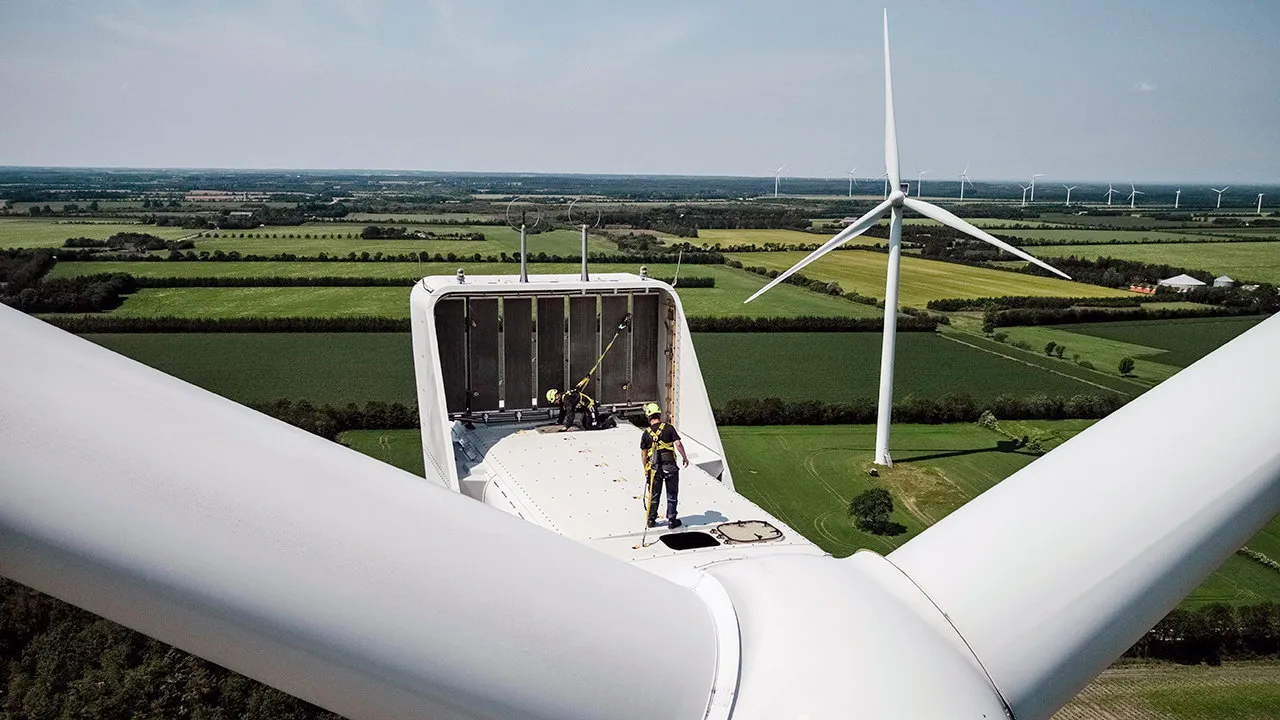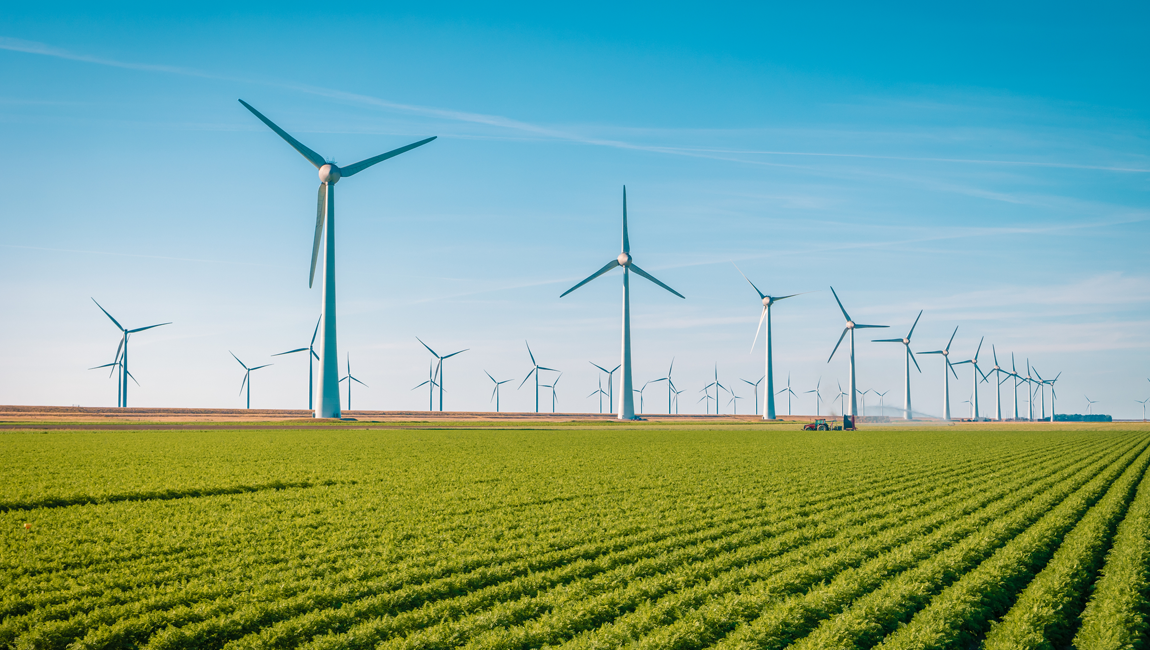Overview


Detailed Processes:
- Site Assessment:
○ Wind Resource Analysis: Evaluating the wind potential of a site using data from wind speed measurements.
○ Environmental Impact: Assessing the potential environmental impact of wind farms.
- Turbine Selection and Design:
○ Turbine Specifications: Selecting wind turbines based on site-specific conditions and energy needs.
○ Layout Design: Designing the layout of wind turbines to maximize energy capture and minimize turbulence.
- Construction and Installation:
○ Foundation Construction: Building foundations to support wind turbines.
○ Turbine Erection: Assembling and erecting wind turbines on-site.
- Operation and Maintenance:
○ Performance Monitoring: Monitoring the performance of wind turbines to ensure they operate efficiently.
○ Regular Maintenance: Conducting regular maintenance activities like blade inspections and gearbox servicing.
- Grid Integration:
○ Electrical Connection: Connecting wind farms to the electrical grid and ensuring compatibility.
○ Energy Storage: Implementing energy storage solutions to manage variability in wind power generation.

